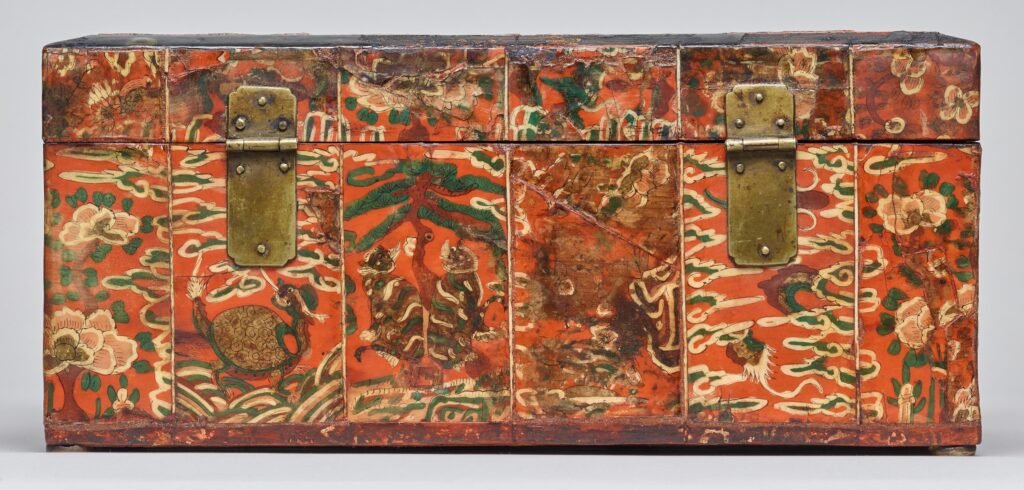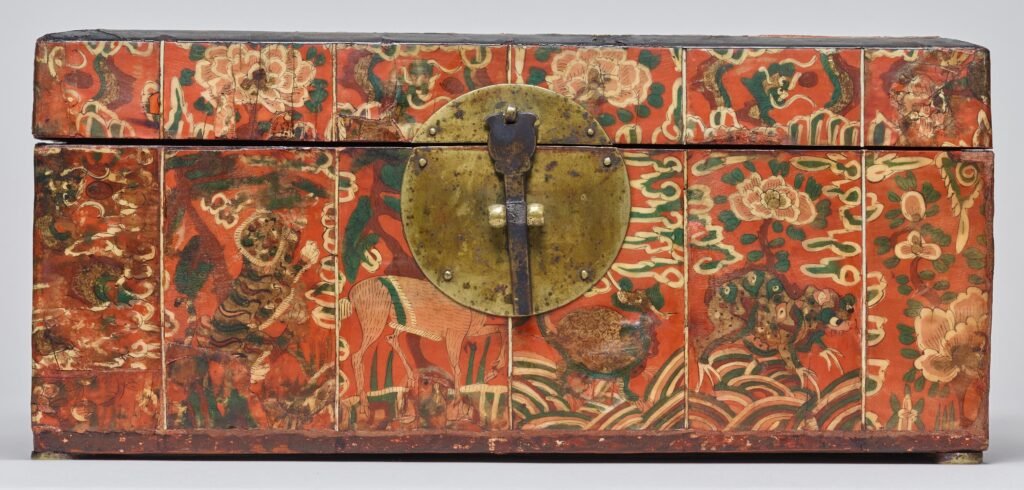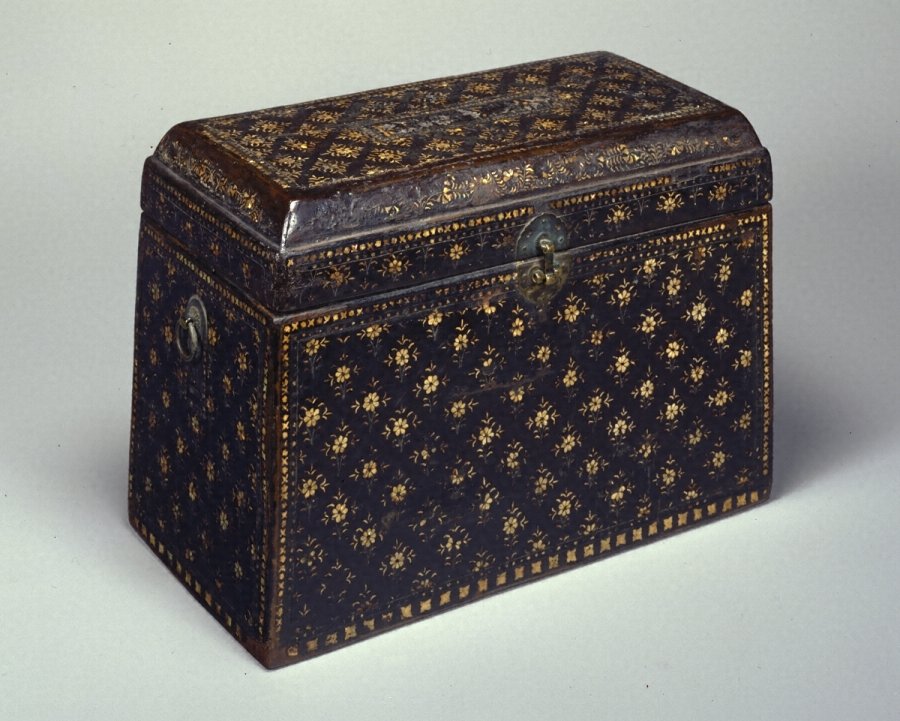THE JAPAN FOLK CRAFTS MUSEUM

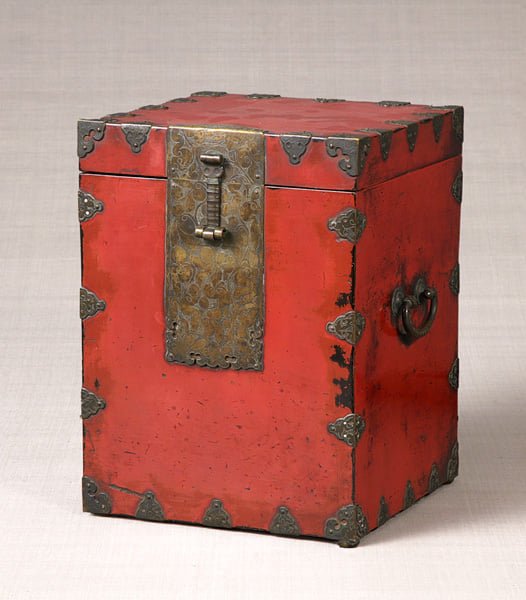
29,2cm x 21,8cm.
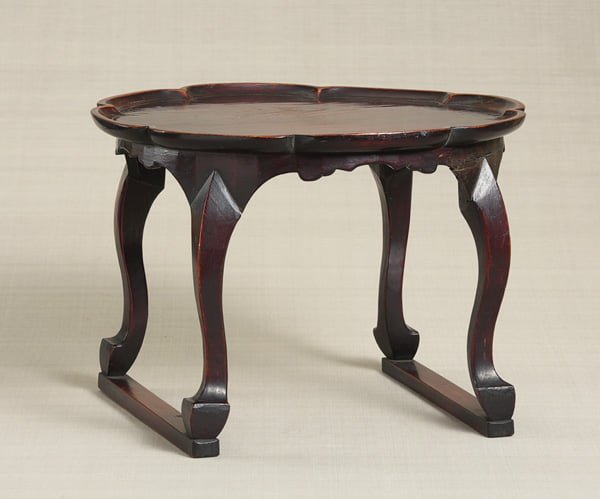
29cm x 40,5cm.
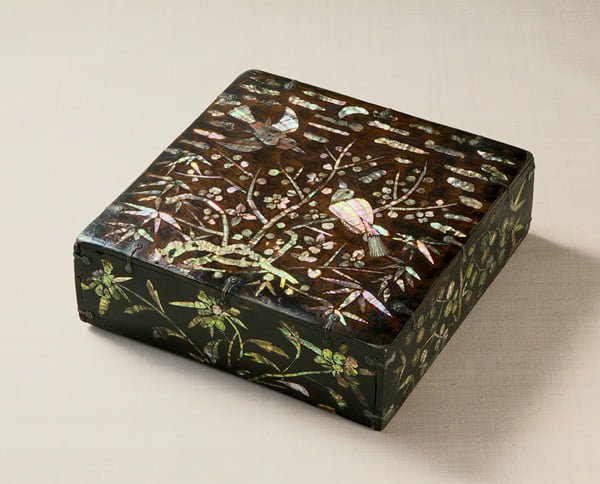
11,2cm x 33,4cm.
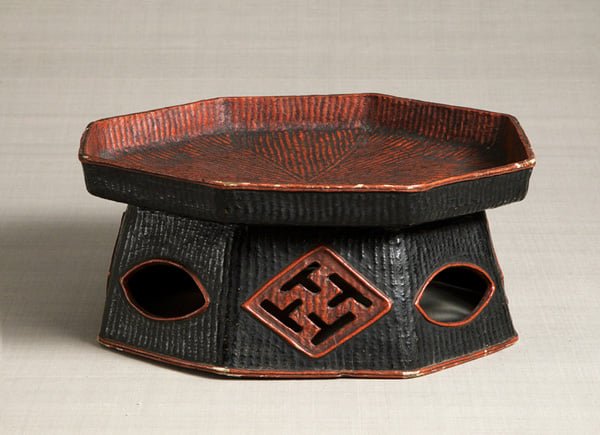
Joseon Dynasty, 19th century.
15cm x 35.4cm.

144cm × 70,6cm.
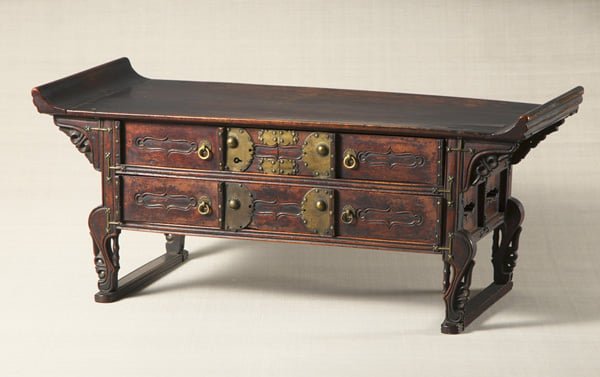
31cm ×73cm.
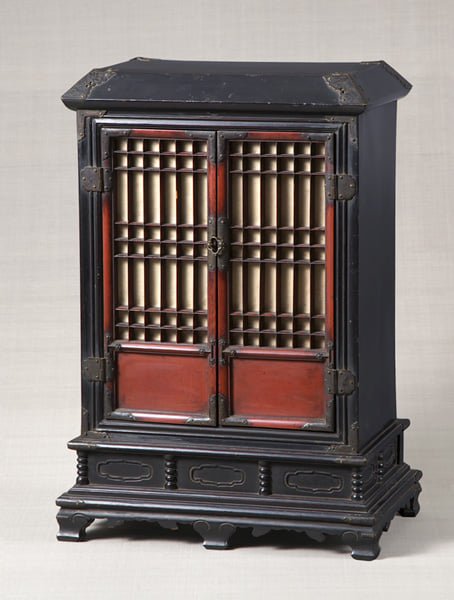
61,5cm × 40,4cm.
THE TOKYO NATIONAL MUSEUM.


H. 26cm, W. 37,8cm, D. 19,2cm.
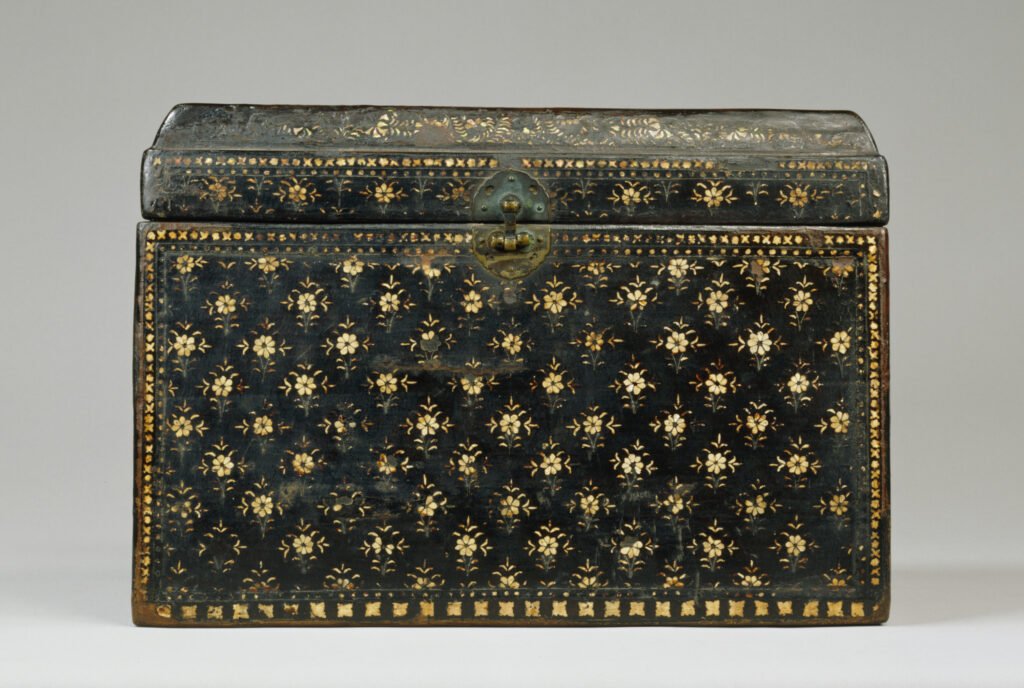
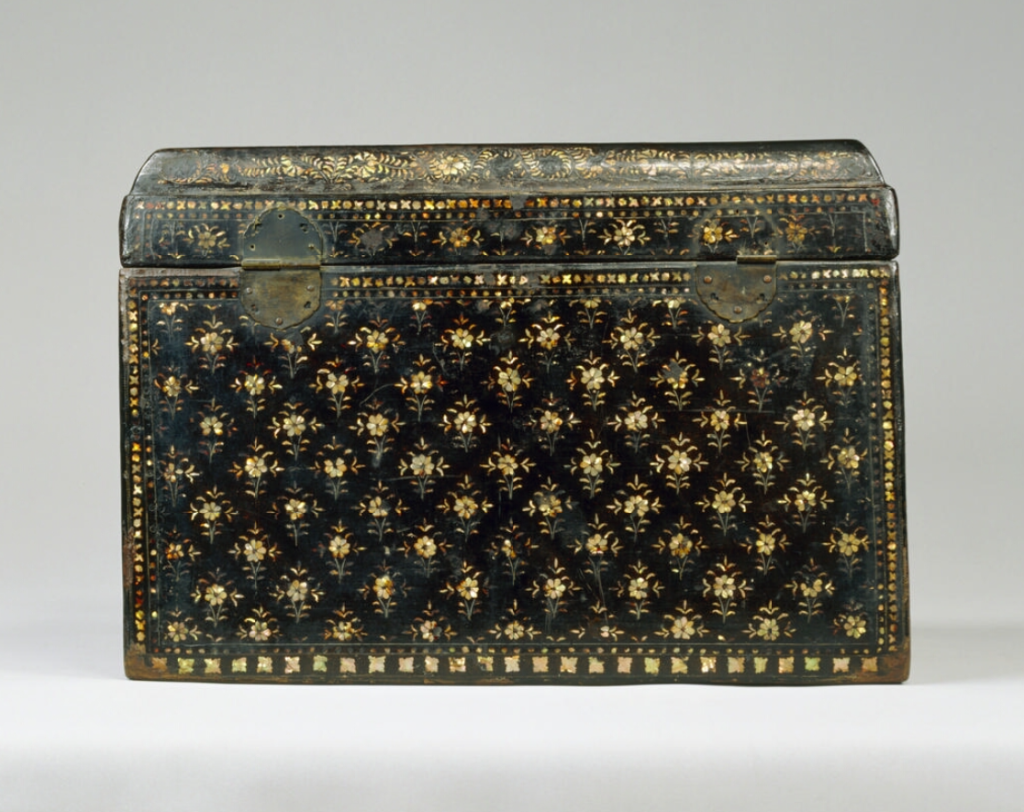

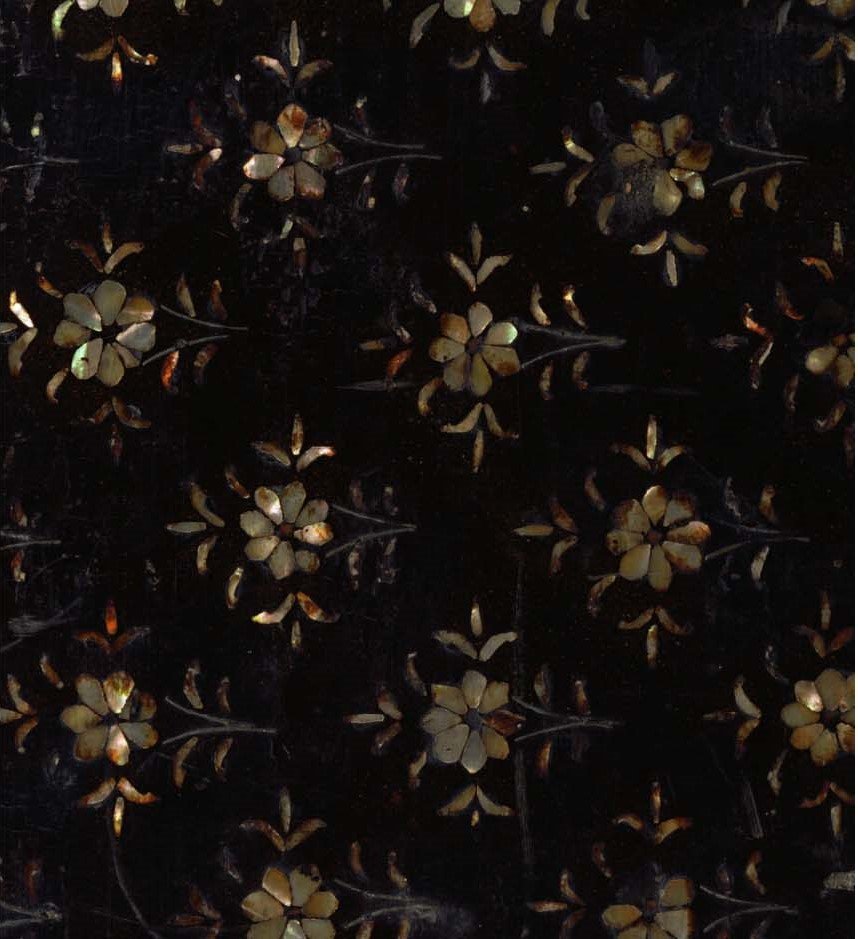
Photos above: This shell-inlayed (raden) box is for storing sutra scrolls and was formerly owned by the Mōri Family. The hinge, lock and rings on the sides are thought to be later additions made in Japan. The letter 黄二 (yellow-two) on the one side indicates that this piece was initially one of a set of boxes (黄 “yellow” is the fourth letter in senjimon (lit. thousand-letters text, the long poem that uses one thousand kanji (Chinese characters). It was widely used for learning kanji). At the center of the outside of the lid, the word “Buddha-avatamsaka-nama-mahavaipulya-sutra” (The Flower Garland Sutra) is inlayed, surrounded by a chrysanthemum pattern in diagonal lines, which is diamond-shaped with the branches and leaves on the four sides of a flower. The sides of the body are bordered with crossed-diagonal and circular patterns, the insides of which are decorated with a standing-chrysanthemum pattern, also in diagonal lines. All of the raden are made with thin and exceptionally small pieces of shell and the chrysanthemum pattern is relatively small and doesn’t look ostentatious. The shape of the flowers is very similar to the inlay works of the celadon porcelain ware of Koryo made about the same period. The patterns of this box represent the subtle and elegant style of Koryo pattern-art. There is a trace of fire damage on this piece, which tells us that it has survived turbulent times.
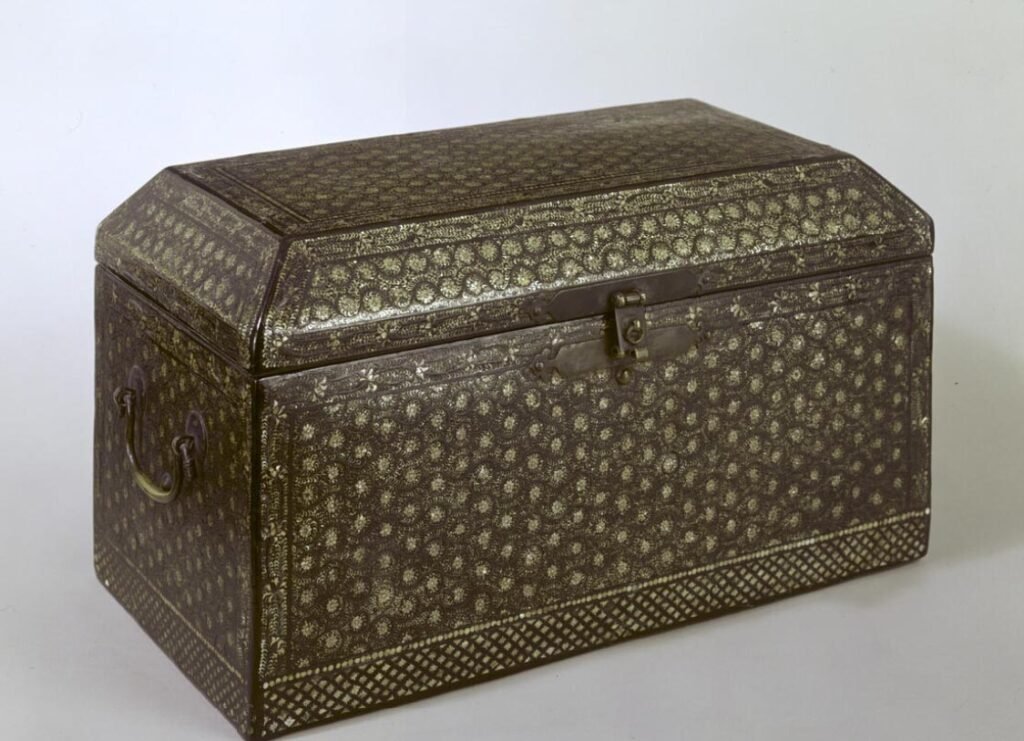
H. 26,4cm, W. 47,3cm, D. 25,3cm.

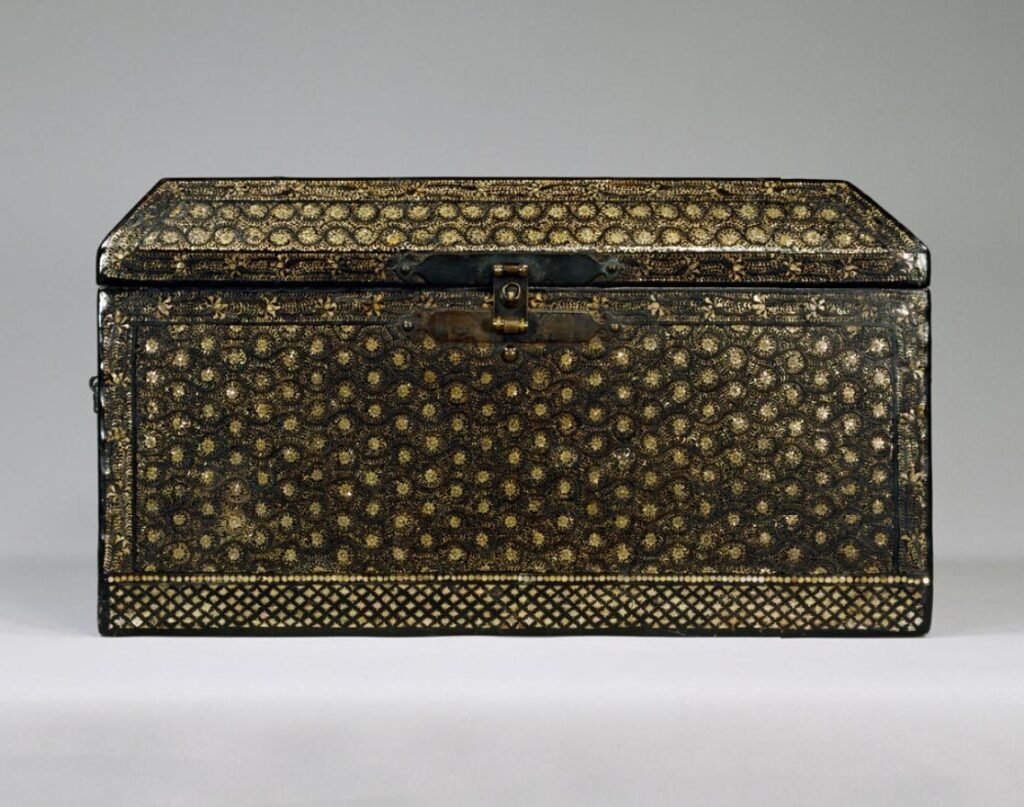

Photos above: This box was used to store Buddhist texts. The lid is sharply beveled on all sides, while both the box and the lid are coated with black lacquer and decorated with mother-of-pearl inlay depicting vines with chrysanthemum or peony flowers. The lid features a composition of wave-like vines and chrysanthemums in the center. These are framed by circles, while the circles are surrounded by vines and peonies. Each of these sections is divided by twisted metallic lines.
The sides of the lid and the box have the same composition, although the sides of the box also feature a pattern of floral diamonds arranged diagonally at the bottom. The leaves, petals, and central parts of the chrysanthemums and peonies are mother-of-pearl, while the stems are metal wires. The artist succeeded in creating a detailed, rhythmical pattern by rendering each petal and flower with a separate piece of mother-of-pearl.
One side of the box has two gilt-bronze fittings shaped like the characters 宇 and 霊, respectively. Other sutra boxes decorated with similar mother-of-pearl patterns also exist. Scholars believe they were used to store large collections of sacred Buddhist texts (tripiṭaka), with the characters most likely serving as labels for each box.
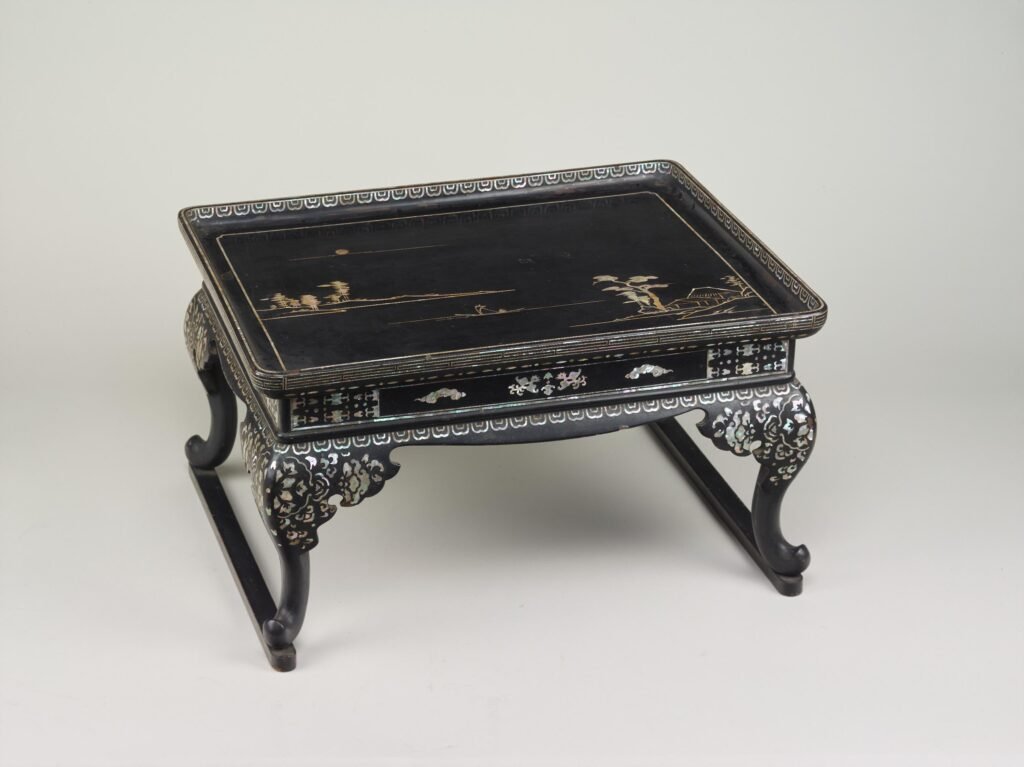
Joseon dynasty, 19th–20th century

Joseon dynasty, 18th–19th century
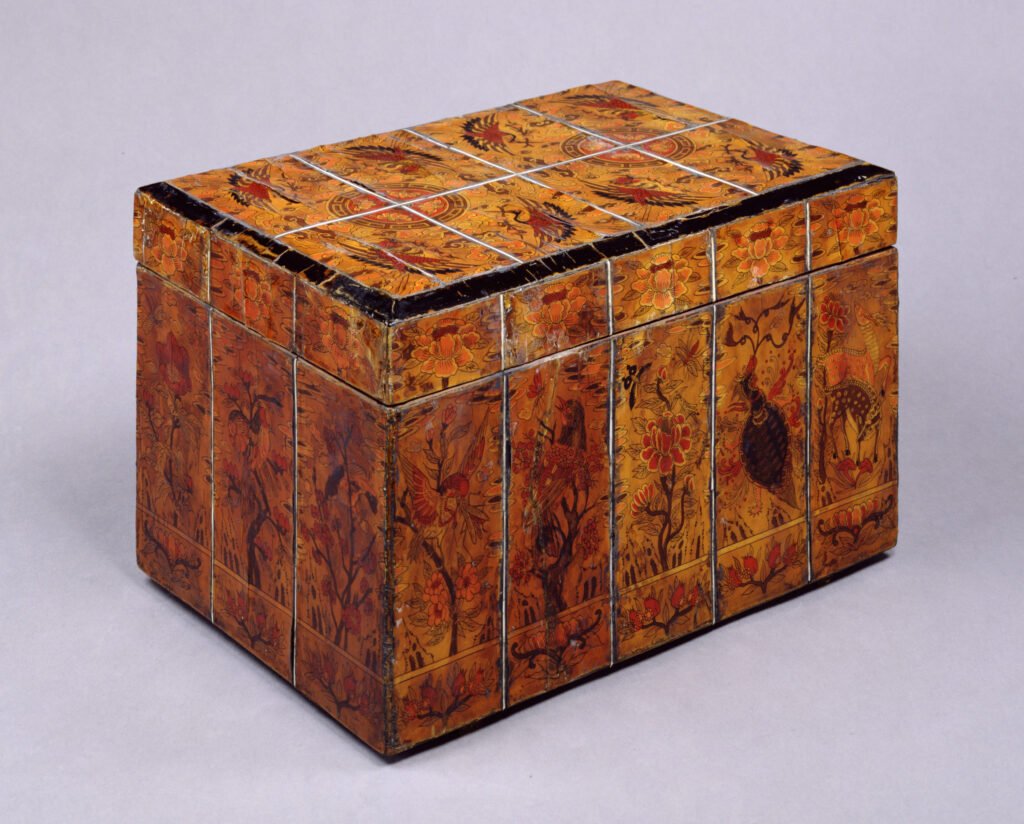
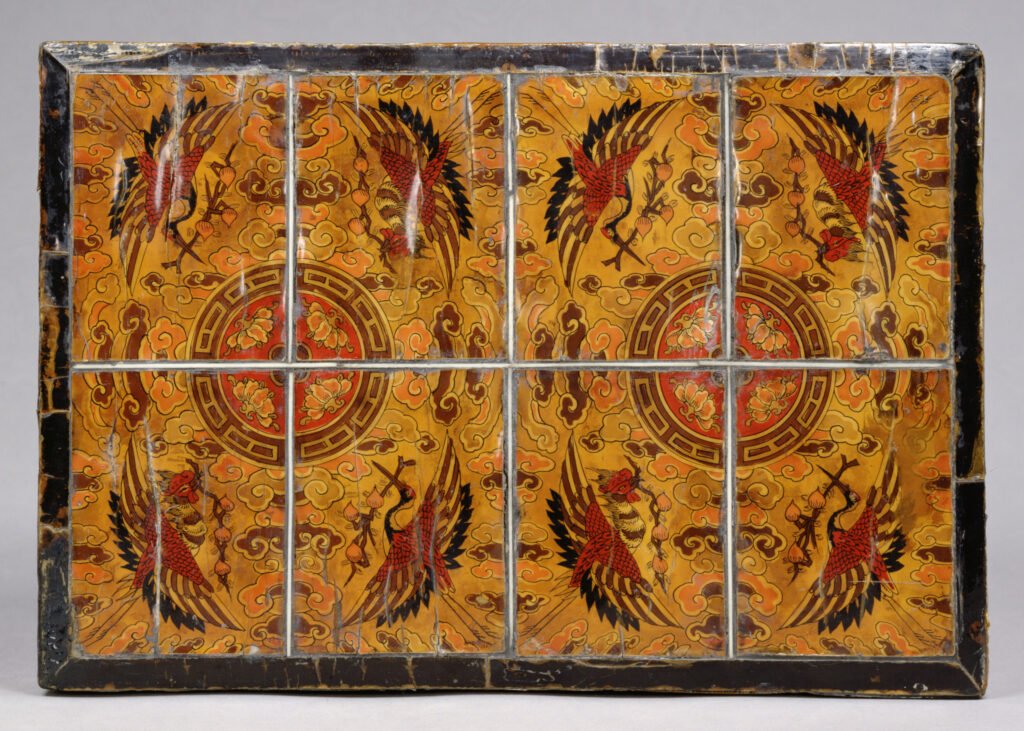
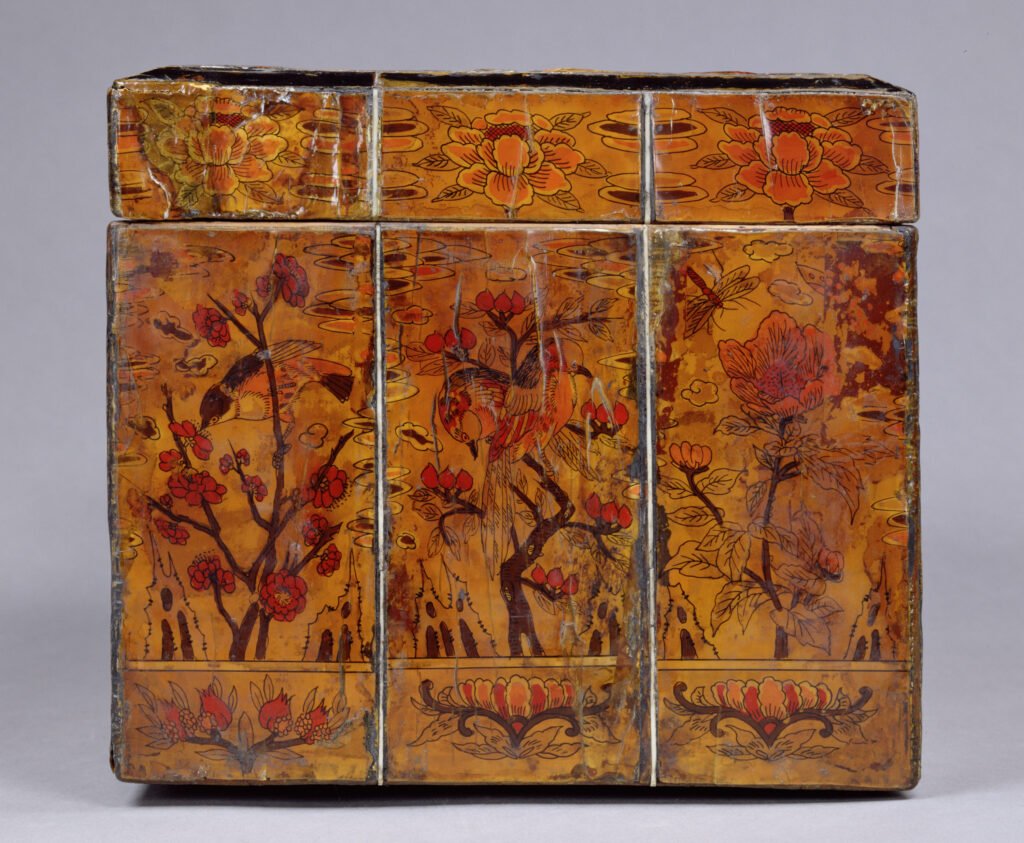
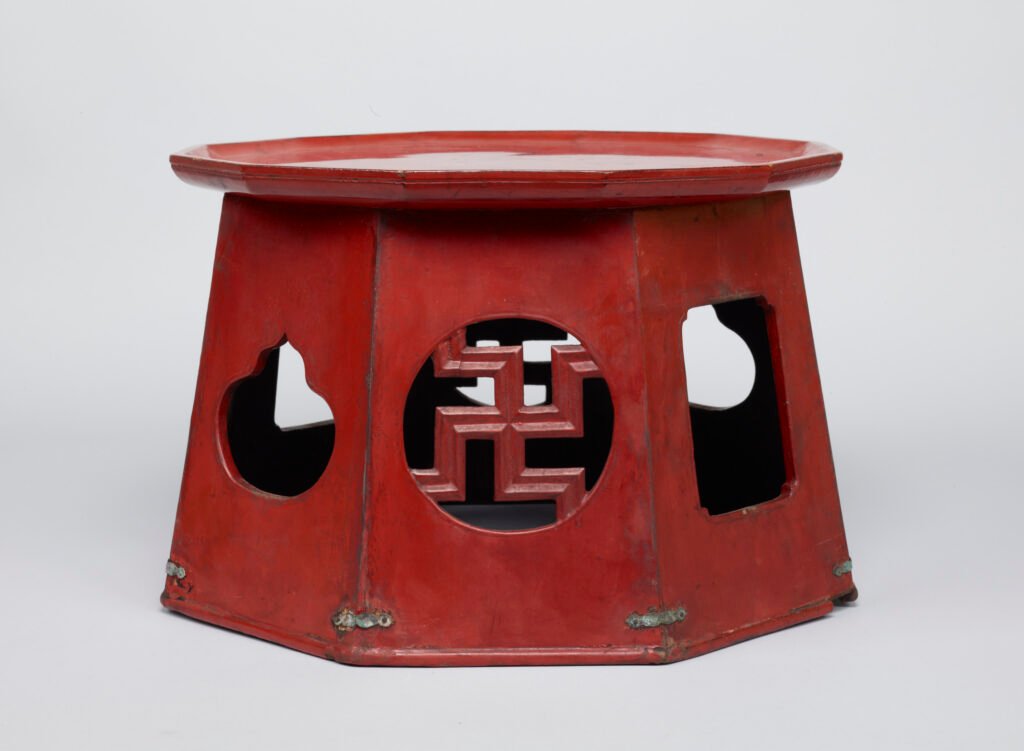
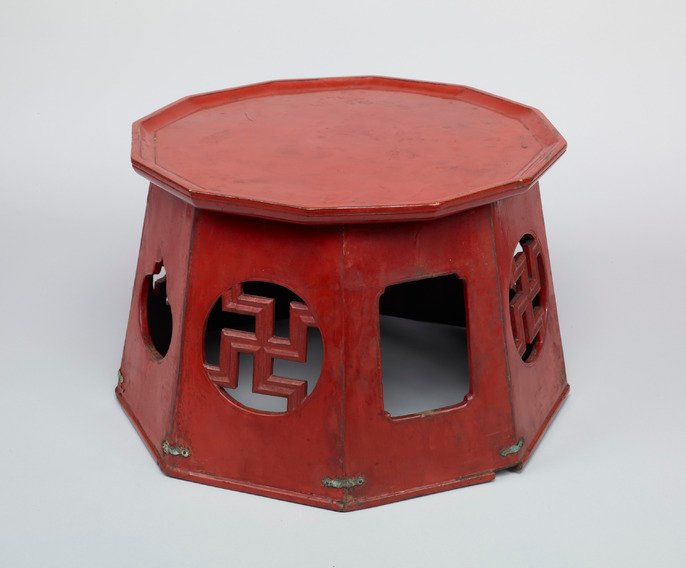
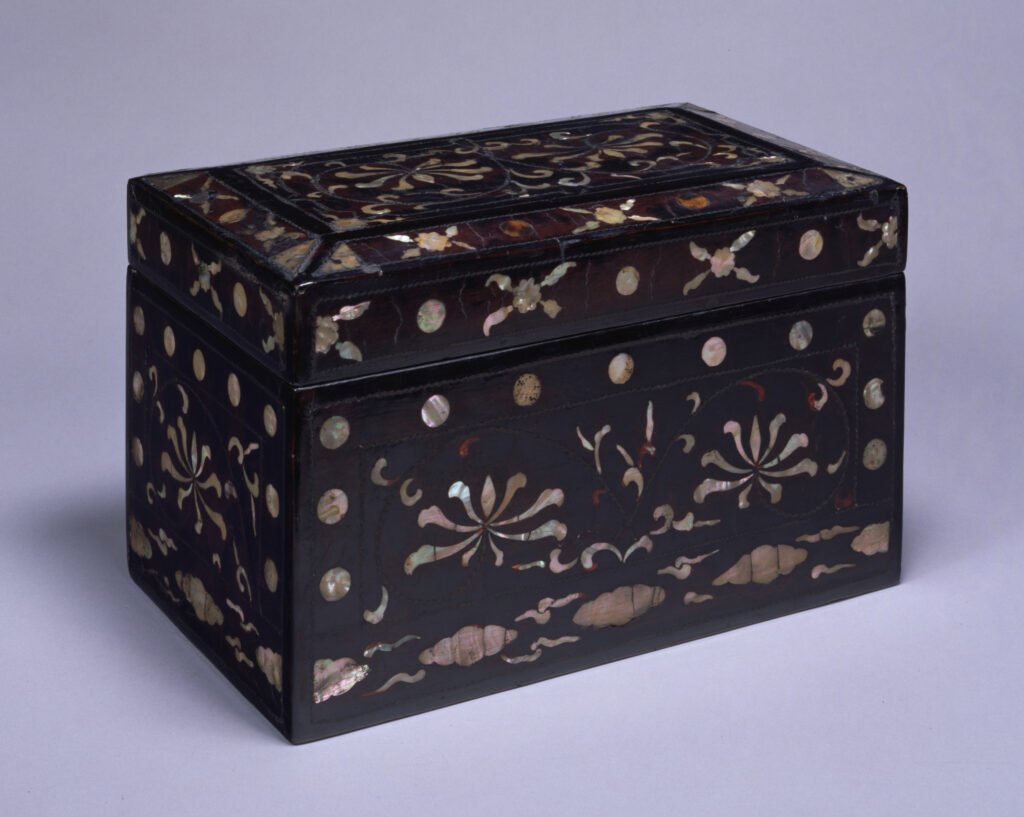
Joseon dynasty, 17th century
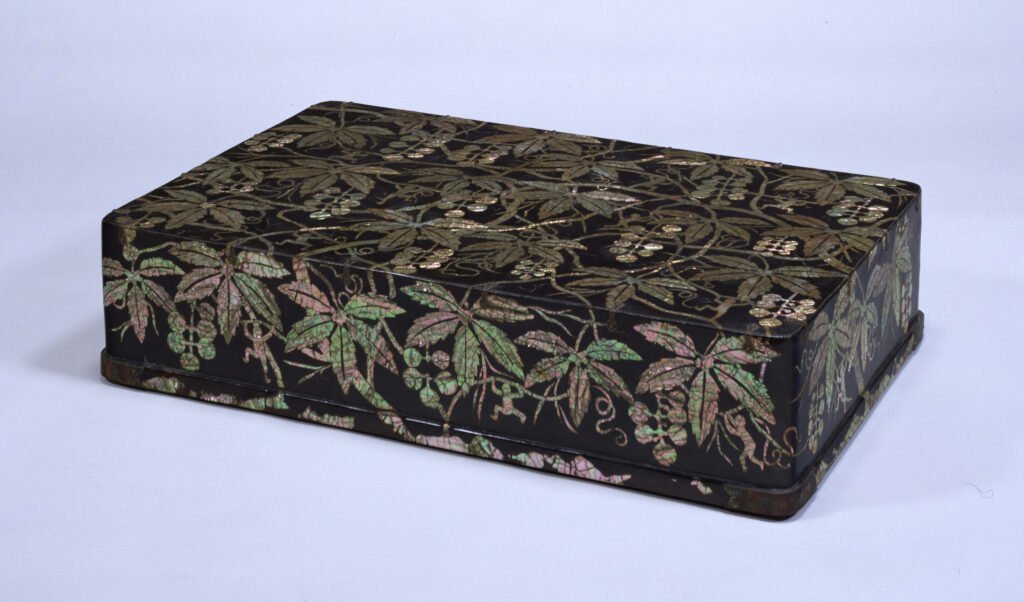
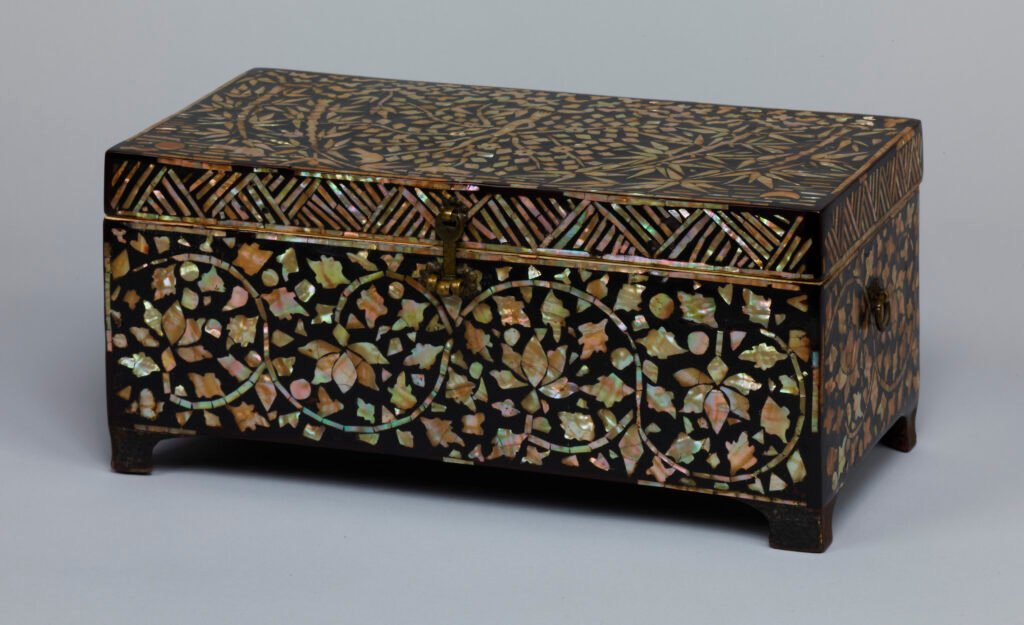
Joseon dynasty, 18th century
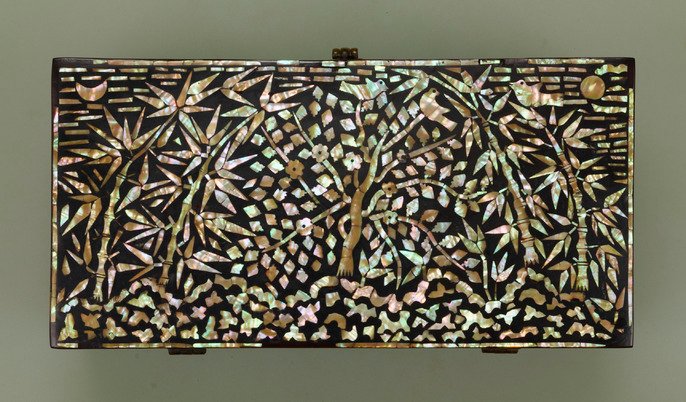
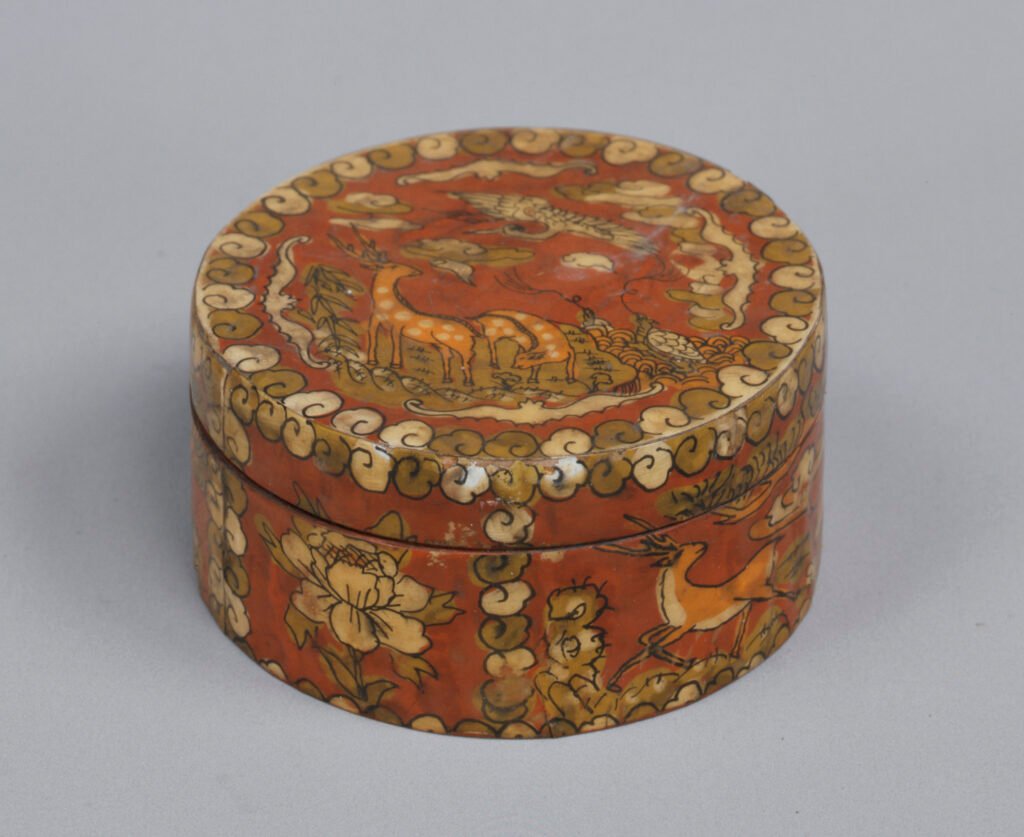
19th century
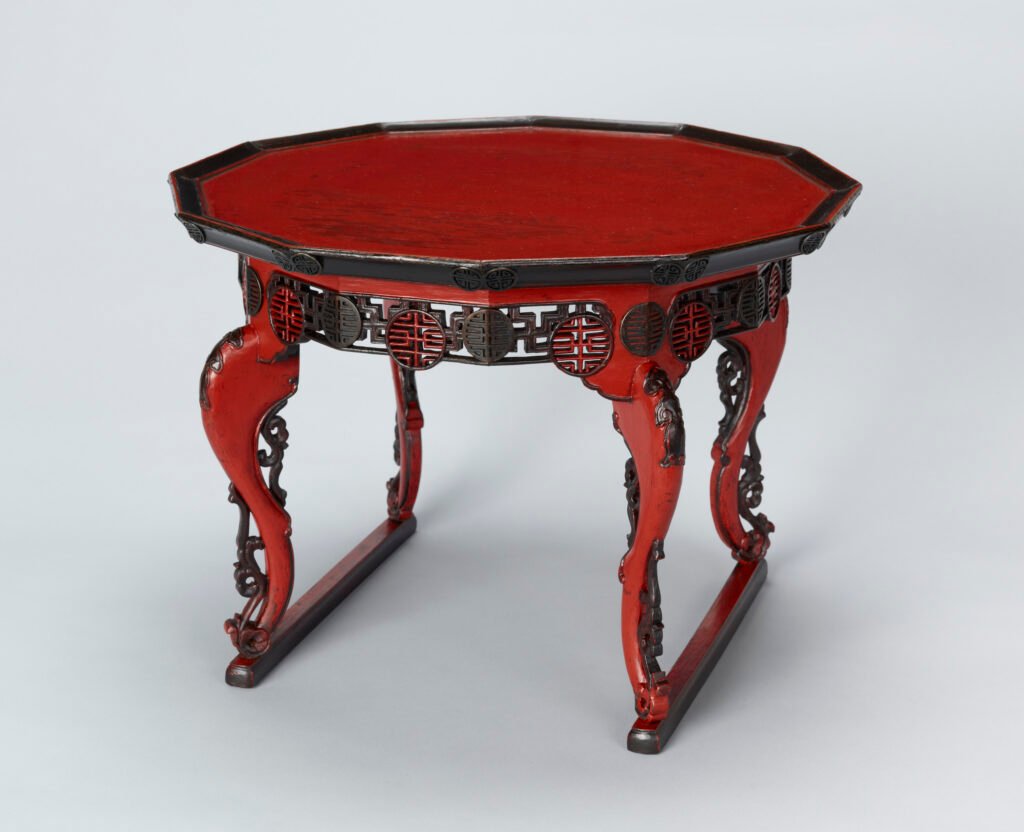
Lacquered wood. Joseon dynasty, 19th century.
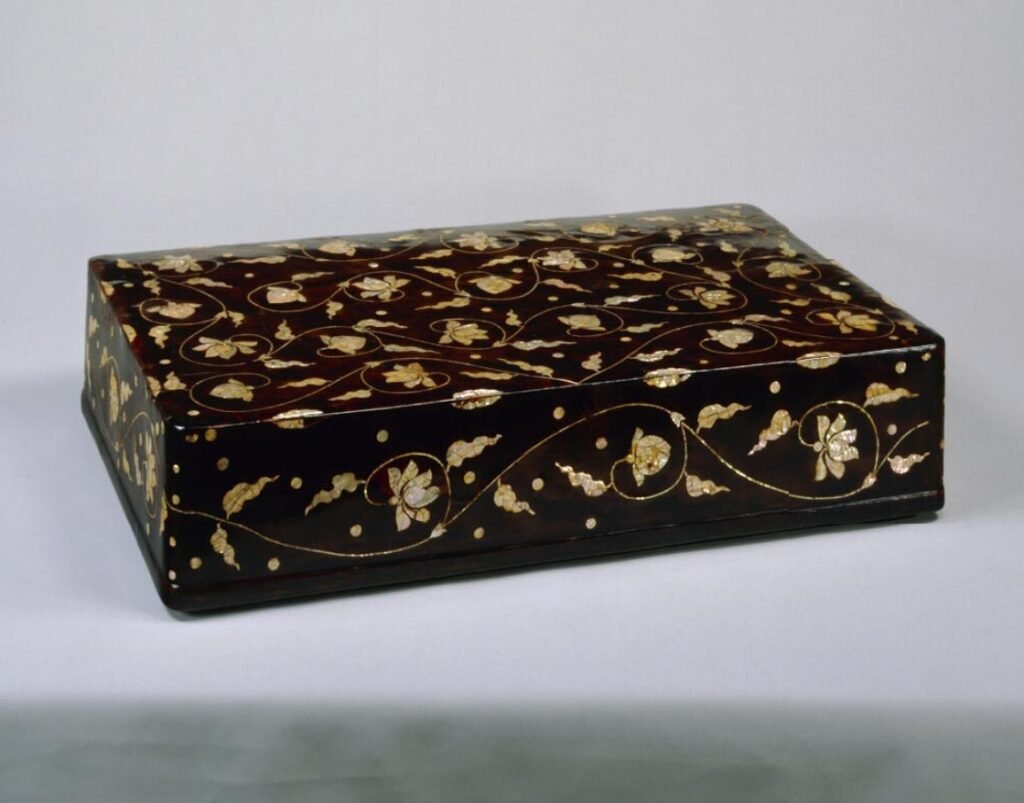
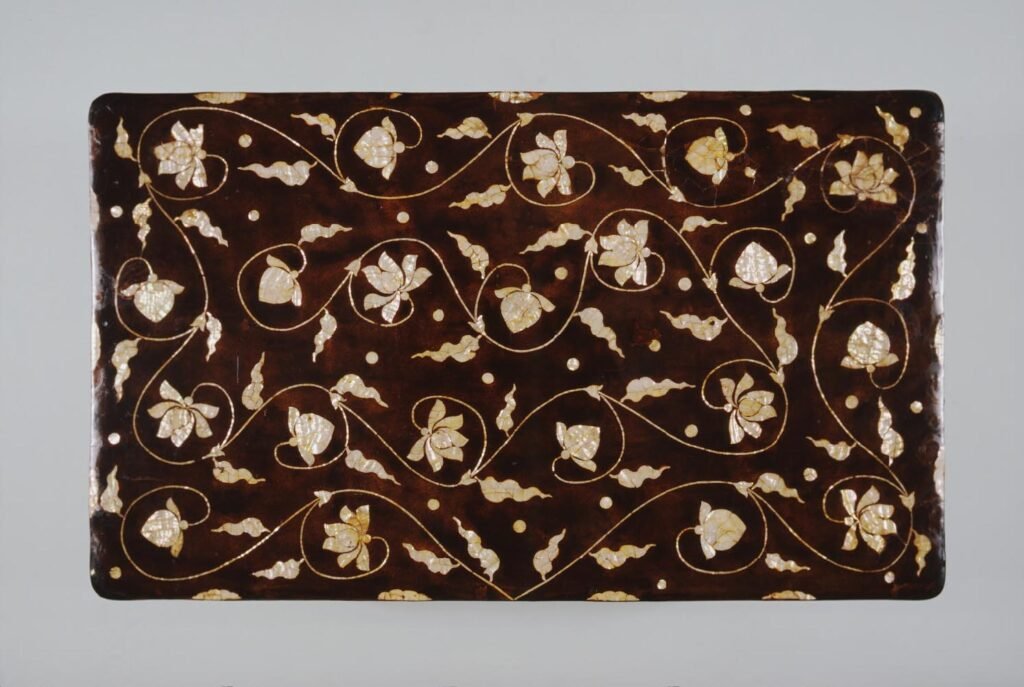
This shell-inlayed box from the Yi Dynasty is known to have been owned by the Ōuchi clan. It was used to keep garments, as it is shallow and large. The lid fits the body neatly, making the flat and continuous joint surfaces (inrōbuta, lit. seal-lid). A peony arabesque pattern in shell-inlay decorates the entire box. The characteristic of that pattern is the contrast between the flowers and buds expressed boldly with large pieces of shell and the thread-thin vines connecting them. There are several other boxes known to have this type of peony arabesque, but this piece is considered to be particularly excellent, displaying refined taste, as it features the pattern more subtly than the others while using higher quality lacquer.
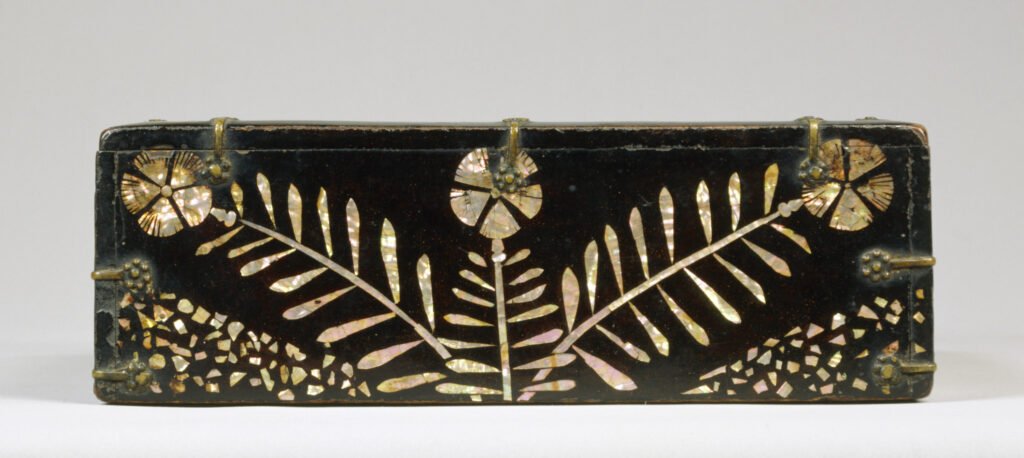
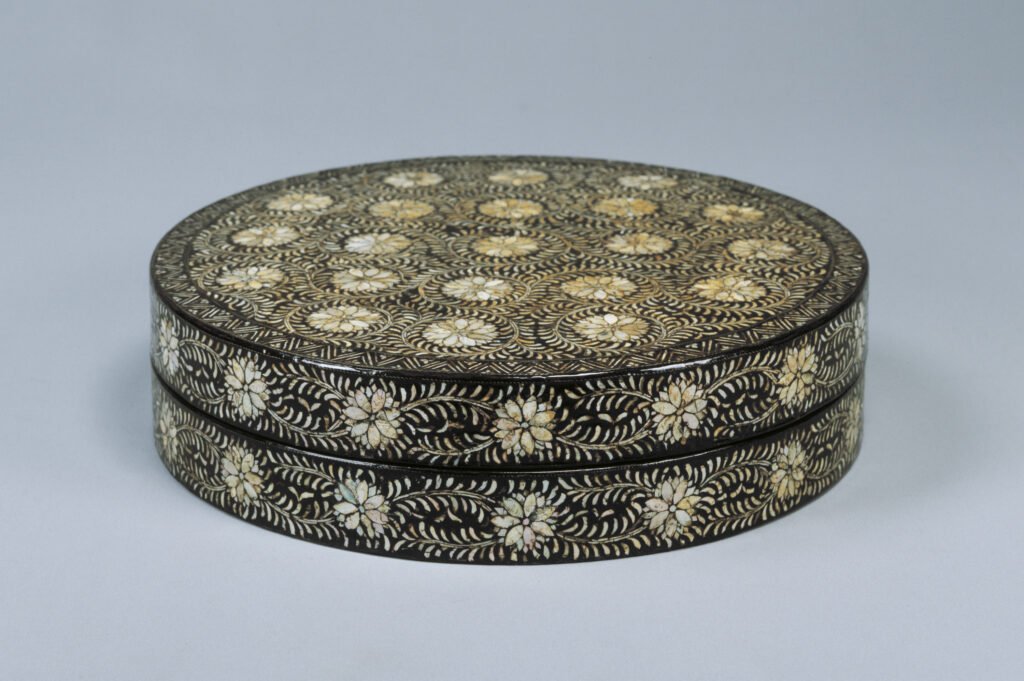

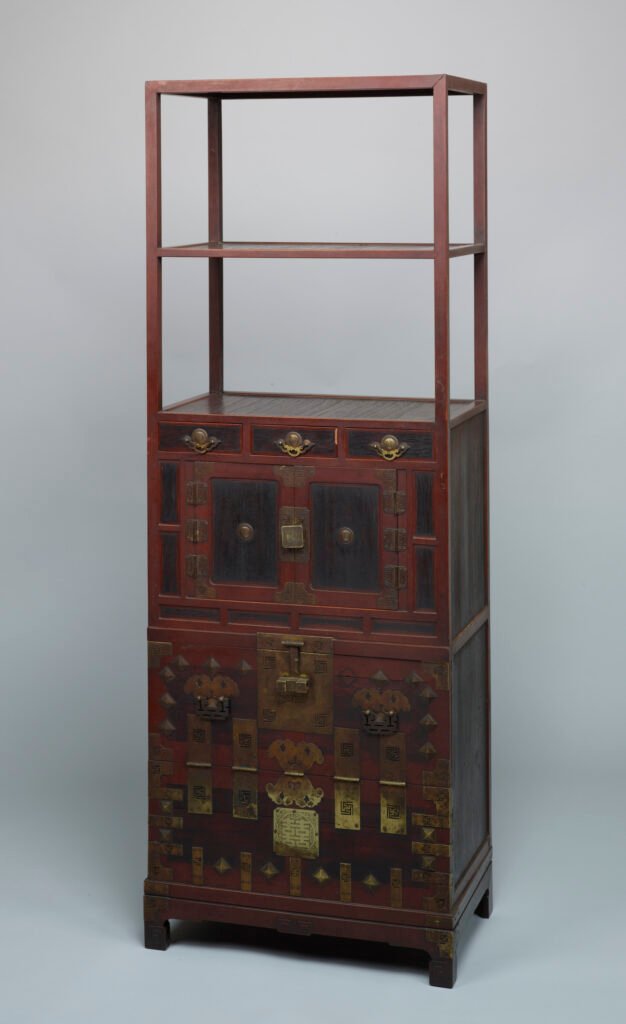



Joseon dynasty, 19th–20th century


